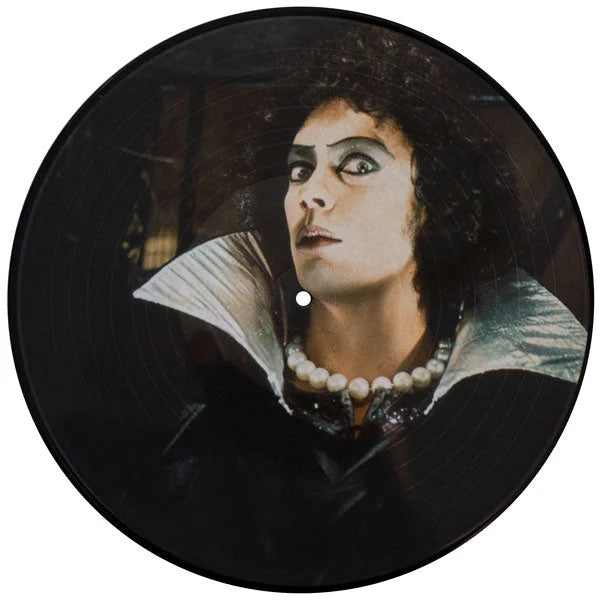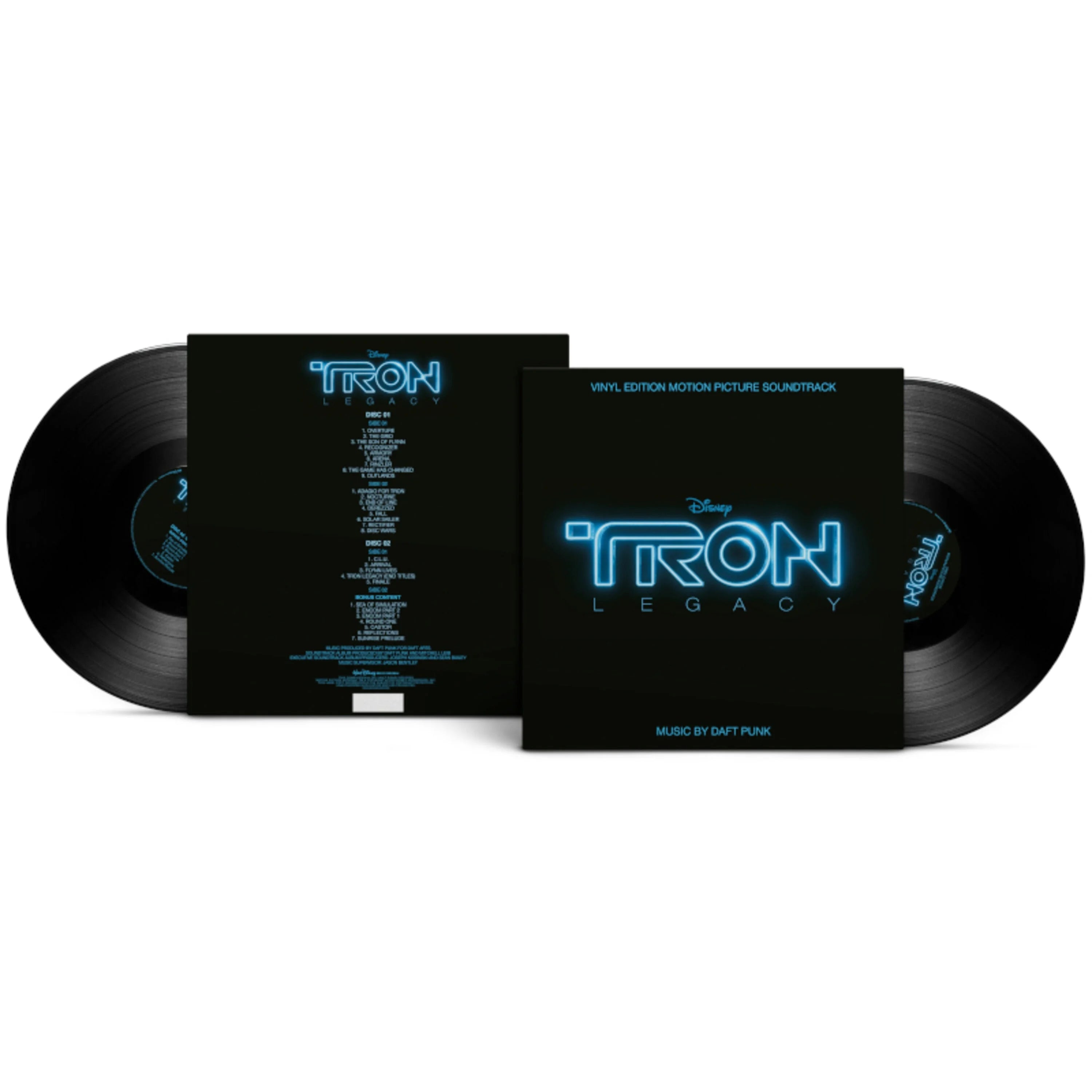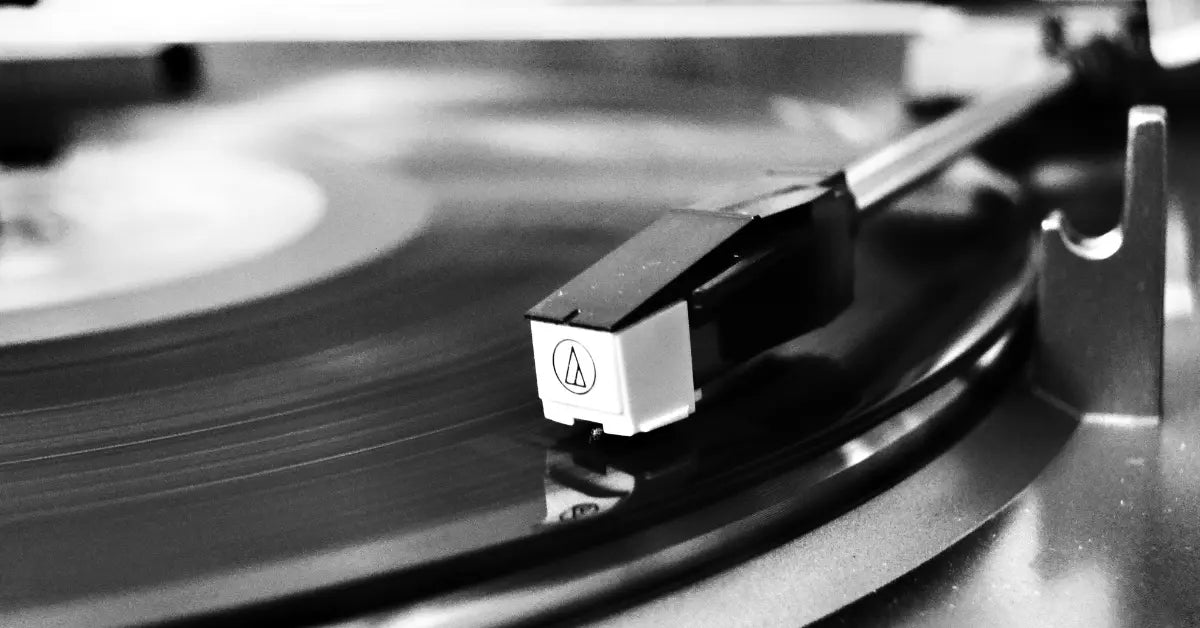The world of vinyl records is rich with nuances that affect the listening experience, chief among them being the choice between mono vs. stereo vinyl. Mono, or monophonic sound format, involves a single channel of sound that is emitted uniformly from all speakers, whereas stereo, or stereophonic sound, uses two channels to deliver sound from different perspectives, emulating a more natural hearing experience. This distinction is crucial for enthusiasts and collectors, as it influences not only how a record is produced but also how it is enjoyed.

What is Mono Vinyl? Characteristics and Benefits
Single-Channel Sound
Mono vinyl recordings operate on a single-channel sound system, meaning all sound elements are mixed into one channel and output through a singular audio pathway. This results in all listeners experiencing the same sound no matter where they are positioned relative to the speakers. The analog vinyl technology used in mono recordings ensures a consistent and focused auditory experience. Simplicity is what defines how mono vinyl works, making it easier for the sound engineering process during production and playback.
Advantages of Mono for Vocal Clarity
Mono pressings are renowned for their ability to enhance vocal clarity and create a centered soundstage. This makes the voice and main instruments stand out, reducing the distractions of background sounds. Such characteristics are especially beneficial for listening to genres where the lyrical content or the melodic line is critical. Collectors and audiophiles often prefer mono for listening to vintage blues, soul, and certain rock 'n' roll records, where the directness and simplicity of mono vinyl playback capture the original studio atmosphere intended by the artists.
Ideal Genres
Certain musical genres benefit immensely from mono-recording techniques. Jazz, with its emphasis on solo performances and intricate rhythms, is one such genre where mono pressings can highlight the nuances of each performance. Early rock and vocal-centric recordings also gain from the intimate and focused sound stage that mono provides. These genres often have historical recordings in mono, and listening to them in this format can offer a more authentic and raw auditory experience.
Prized for Historical Authenticity
Many iconic albums from the 1950s and 1960s were originally mixed and released in mono, capturing the essence of the music scene during those decades. Collectors often seek out these vintage analog records because they provide a listening experience that stereo versions cannot replicate. The appeal of mono pressings lies in their ability to convey the sound as it was first heard at the time of original release, offering a tangible connection to the past.
Exploring Stereo Vinyl: Characteristics and Immersive Sound
Two-Channel Sound Separation in Stereo
Stereo recordings take advantage of two distinct audio channels to create a sense of space and depth that mono recordings cannot match. This two-channel approach allows sound engineers to place different sounds in either the left or right speaker, mimicking the way humans perceive noises in a natural environment. As a result, stereo vinyl benefits listeners with a more dynamic and engaging experience, where instruments and vocals seem to surround them, enhancing the overall impact of the music. The expansive soundstage offered by stereo recordings also provides a richer, more dimensional listening experience. This format excels in delivering complex arrangements where the separation of instruments and vocals can be fully appreciated. The depth and space created in a stereo vinyl system allow for a more detailed and nuanced auditory journey, where each note and beat can be distinctly heard and located spatially, thus enriching the listener's engagement with the music.
Genres that Shine in Stereo
Stereo allows listeners to feel as though they’re placed within the music itself, experiencing nuances and textures that would otherwise be lost. Some musical genres benefit particularly well from this auditory expansion, transforming the listening experience into one that feels much more intimate and alive:
- Classical Music: In a symphonic piece, for example, different sections—such as strings, woodwinds, brass, and percussion—can be placed in separate positions within the stereo field, mimicking the layout of an orchestra on a stage. This spatial arrangement allows listeners to pinpoint individual instruments or sections and appreciate the nuances of the interplay between them. The layering effect that stereo provides enriches the experience, enabling one to hear subtle dynamics, like the soft entry of a flute against a backdrop of violins or the powerful resonance of a timpani in contrast to delicate harp strings. Such vivid separation adds an immersive quality to the music, bringing listeners closer to the experience of a live performance.
- Rock Music: The stereophonic presentation allows producers to position instruments across the stereo field, creating an effect that makes the listener feel surrounded by the sound. Electric guitars may dominate one channel while drums and bass occupy another, producing a sense of physical space and energy similar to being in a live concert environment. Vocal effects, reverb, and guitar solos can also be panned creatively, adding a layer of drama and intensity. The drums, in particular, benefit from stereo as the listener can hear each component—like cymbals, snares, and bass—coming from distinct points, adding to the impact.
- Electronic Music: Electronic music has found a unique and creative ally in stereo recording due to its reliance on synthesized sounds and intricate production techniques. By spreading sounds across a stereo field, producers can craft immersive environments filled with subtle details and evolving layers. Effects such as panning, delay, and reverb can be used to create a sense of movement, giving listeners the sensation of sounds bouncing, shifting, and enveloping them from different directions. Synthesized basslines might pulse from one ear to the other, while atmospheric pads stretch across the field, creating a sense of space and dimension. Spatial manipulation is key to electronic music’s impact, as it enhances the genre’s ability to transport listeners into another world, making it ideal for genres like ambient, techno, and house music, where atmosphere is paramount.
Whether it’s the harmonious blend of an orchestra, the raw energy of a rock concert, or the atmospheric allure of electronic sounds, stereo brings a new layer of depth and realism to each genre, connecting listeners to music in a way that is both engaging and transformative.
Collecting Stereo Vinyl for Enhanced Sound Depth
As recording technologies advanced during the mid-20th century, stereo became the standard for most musical releases, and today, it remains the preferred format for capturing the full expression of an artist's work. Collecting rare vinyl in stereo format is not only about chasing the best audio quality but also about preserving a piece of musical heritage that continues to influence how we experience music today.

Setting Up Your Vinyl System for Mono and Stereo Playback
Stereo-compatible Turntable and Cartridge
When setting up a system for optimal vinyl playback, it's crucial to select a turntable and cartridge that are compatible with stereo records. Most modern turntables are equipped to handle stereo playback with precision, featuring cartridges that can accurately read the two-channel recordings. The needle on these cartridges is designed to interpret the grooves of a stereo record, where different sound information is stored on each channel, ensuring that the playback captures all the subtleties of the stereo mix.
Configuring Amplifiers and Speakers
To achieve a realistic soundstage, speakers should be placed at an angle and distance that mimics the arc of a semi-circle from the listening position. Such an arrangement allows the sound to blend naturally, simulating a live performance environment. Amplifiers should be powerful enough to handle the dynamic range of stereo recordings without distortion, providing a clean and expansive sound output.
Mono-Compatible Turntables
These are specially designed to enhance the listening experience of mono vinyl records. These turntables often feature specialized cartridges with a mono stylus that is adept at reading the single-channel grooves of mono records. Unlike their stereo counterparts, these styluses are tailored to pick up the nuances of mono sound, reducing noise and improving the clarity and warmth of the audio playback.
Tips for Adjusting Your Setup
Adjusting your vinyl setup to suit the sound format of your records can significantly enhance your listening experience. Here are several tips to optimize your system for both mono and stereo recordings:
- Cartridge Alignment: For stereo records, precise cartridge alignment ensures that each channel is tracked accurately, minimizing tracking errors and reducing potential distortion. This alignment allows the stereo effect to shine, giving depth and clarity to each channel. For mono records, however, using a dedicated mono cartridge can make a noticeable difference. Mono cartridges are specifically designed to reduce stereo crosstalk, which can muddy the sound on mono recordings. They offer a more direct sound, capturing the detail and warmth unique to mono pressings without interference. Investing in proper cartridge alignment and, where possible, a mono-specific cartridge can greatly enhance the audio quality of both mono and stereo records.
- Speaker Placement: Proper speaker placement can dramatically influence your listening experience, especially when switching between mono and stereo recordings. For stereo records, positioning your speakers to form an equilateral triangle with your listening position helps create a balanced soundstage, enhancing the spatial effects stereo provides. This setup allows each speaker to deliver its designated channel directly to your ears, simulating a live performance environment. Conversely, mono recordings benefit from a different arrangement. Aligning speakers to focus sound toward a central point helps merge the audio channels, creating a unified listening experience. Centralized focus maintains the intended impact of mono recordings, delivering a fuller sound without the separation characteristic of stereo.
- Amplifier Settings: Adjusting amplifier settings to suit the sound format of your records can enhance the tonal characteristics of the music, particularly when considering the era in which the recording was made. Balancing the channels to achieve an even distribution of sound can improve the stereo effect, while adjusting treble or bass can highlight specific frequencies for stereo recordings. Mono recordings, however, may sound more vibrant with a slight boost in mid-range frequencies. This adjustment helps bring out vocal clarity and instrumental warmth, which are often central elements in mono records. Fine-tuning the amplifier based on the recording style allows you to appreciate the intended sound profile, creating a richer listening experience tailored to each record.
- Use of Mono Switch: If your receiver or amplifier includes a mono switch, this feature can be invaluable for mono records. Engaging the mono switch merges the two channels, effectively reducing background noise and enhancing sound focus. This setup is particularly beneficial for older mono records, as it minimizes the stereo “echo” effect that can result when playing mono recordings through a stereo setup. By consolidating the sound, the mono switch brings clarity and reduces distractions, allowing you to enjoy a more cohesive audio experience. It’s a simple adjustment but one that significantly enhances the authenticity and quality of mono recordings.
- Regular Maintenance: Maintaining your vinyl setup through regular cleaning and care is essential for preserving sound quality, especially for vintage records with delicate grooves. Keeping the needle clean prevents dust and debris buildup, which can lead to distortion and wear on both the needle and the records. Additionally, using anti-static measures helps minimize unwanted crackling and popping sounds, which are more noticeable in high-quality setups. With stereo and mono recordings alike, maintaining a clean, static-free environment ensures that each record sounds as clear and vibrant as possible. Regular maintenance protects your equipment and allows you to fully appreciate the audio nuances of each format, enhancing both sound quality and longevity.
By making these adjustments, you can optimize your vinyl listening experience. Each adjustment tailors your setup to reveal the intricate details and authentic qualities of each format, enriching your connection to the music.
Vinyl Records Marketplace: What to Know
Iconic Albums
Certain iconic albums were released in both mono and stereo versions, each offering unique listening experiences. Albums like The Beatles' "Sgt. Pepper's Lonely Hearts Club Band" and Bob Dylan's "Blonde on Blonde" are celebrated in both formats. Mono versions often provide a punchier, more cohesive sound, while stereo versions offer a wider soundstage and a different mix. Collectors might find themselves drawn to one or the other based on personal preference or the specific musical qualities emphasized in each mix.
Tips for Researching Pressings
Researching vinyl pressings and their sound mixing techniques is essential for serious collectors. This can involve reading reviews, visiting vinyl records for sale online platforms, and participating in forums where other collectors share their experiences and knowledge. Understanding how different pressings were mixed and what equipment was used during the recording sessions can provide insights into why certain pressings sound better and guide your purchases accordingly.
Finding High-Quality Pressings
It's also important to frequent reputable vinyl record websites and brick-and-mortar stores known for their well-curated selections. Always check the condition of the vinyl itself; look for any scratches or warps that could affect playback. For online purchases, choose stores that provide detailed descriptions and accurate grading of record conditions. Building relationships with trusted sellers who understand your preferences can also lead to recommendations on the best pressings according to your tastes and the setup of your vinyl stereo system.

By understanding these formats and how they relate to your personal taste and listening habits, you can make more informed choices about which albums to seek out and how to set up your audio system to get the most out of the best vinyl records. Whether you're a seasoned collector or new to the world of vinyl, embracing both mono and stereo recordings will deepen your appreciation for the art of music and the enduring legacy of vinyl.


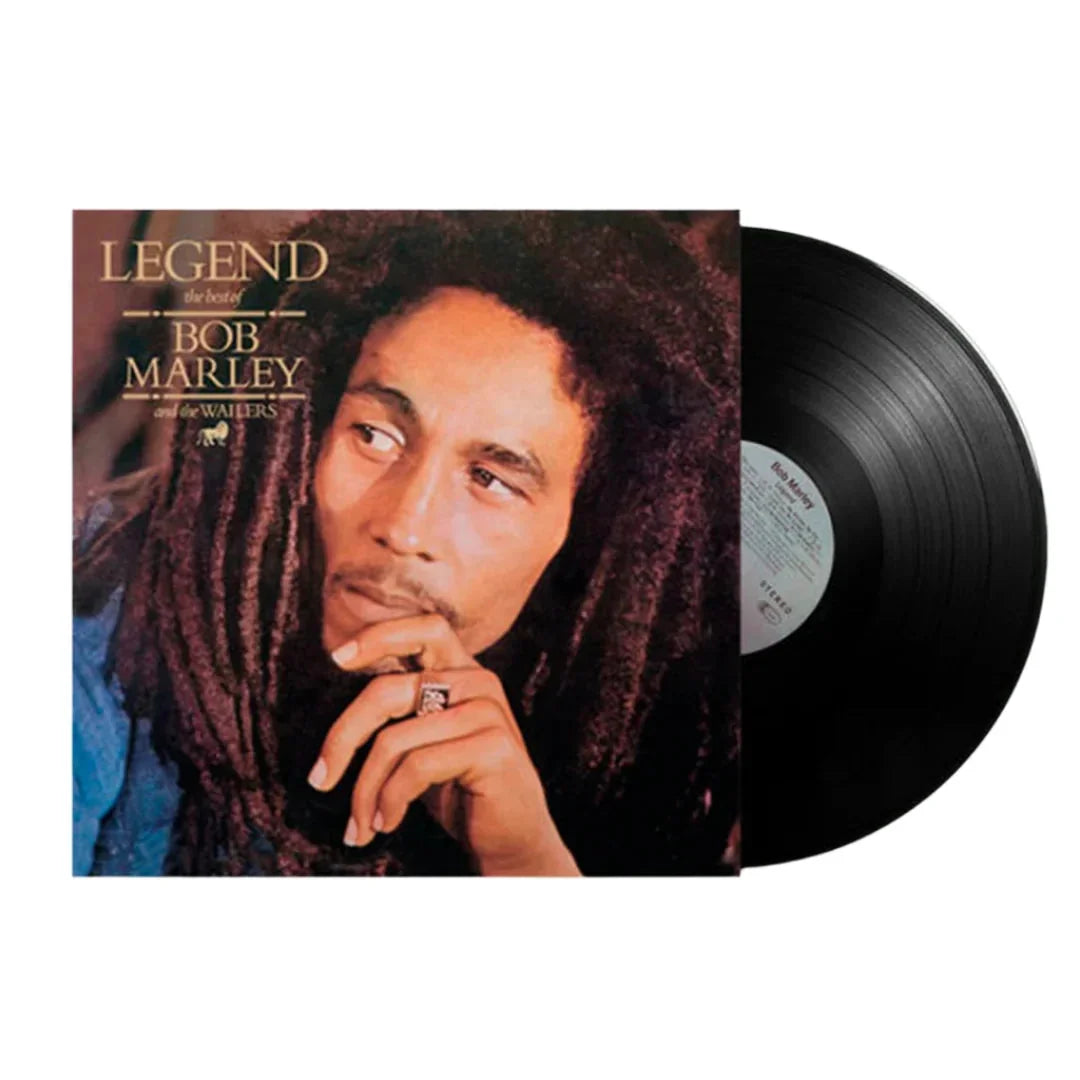


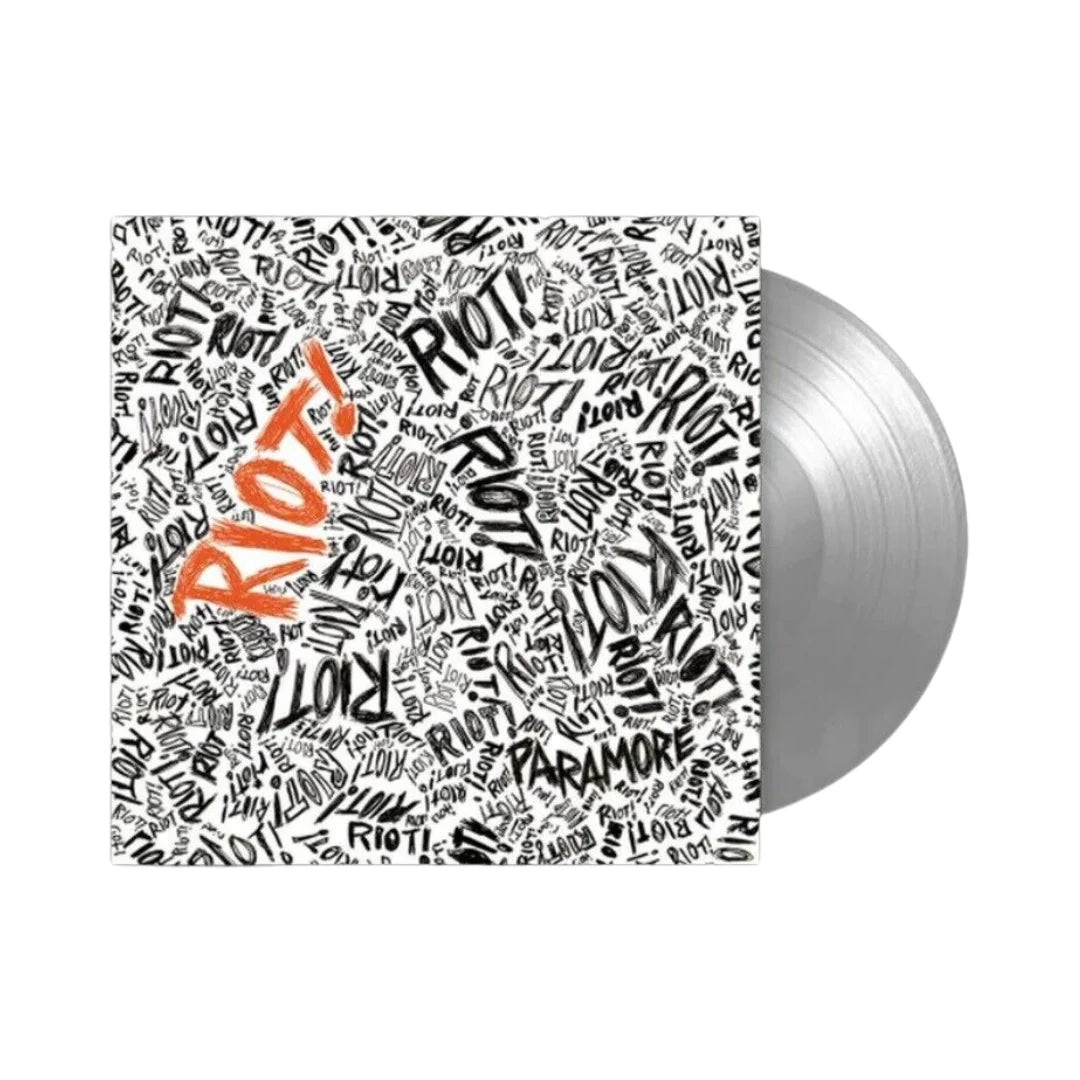
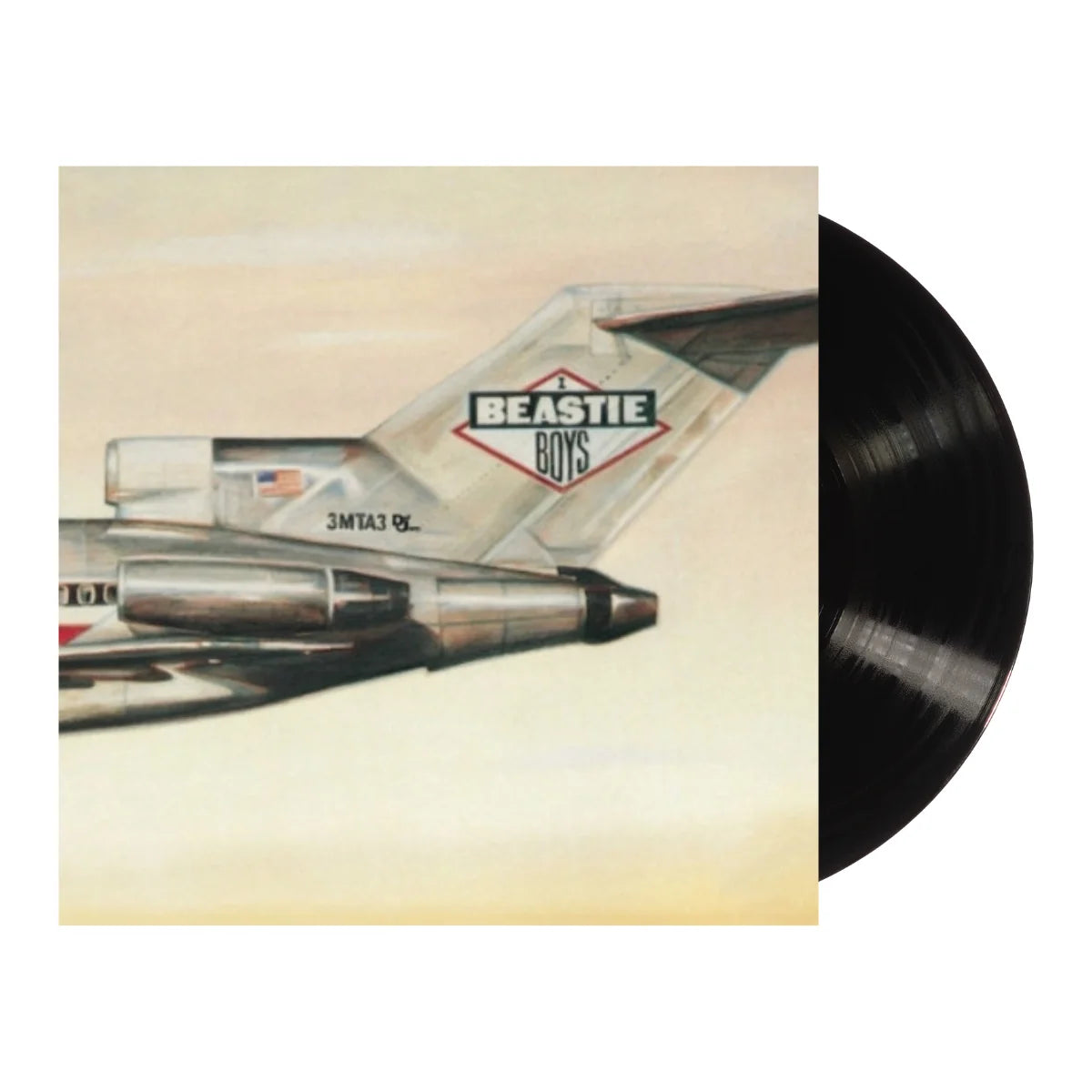


![$Uicideboy$ - Thy Kingdom Come [Clear]](http://vinyl.com/cdn/shop/files/4435583-3407920.jpg?v=1754460746&width=5760)
![(hed) p.e. - New And Improved [Pink]](http://vinyl.com/cdn/shop/files/4425252-3389420.jpg?v=1746578880&width=5760)
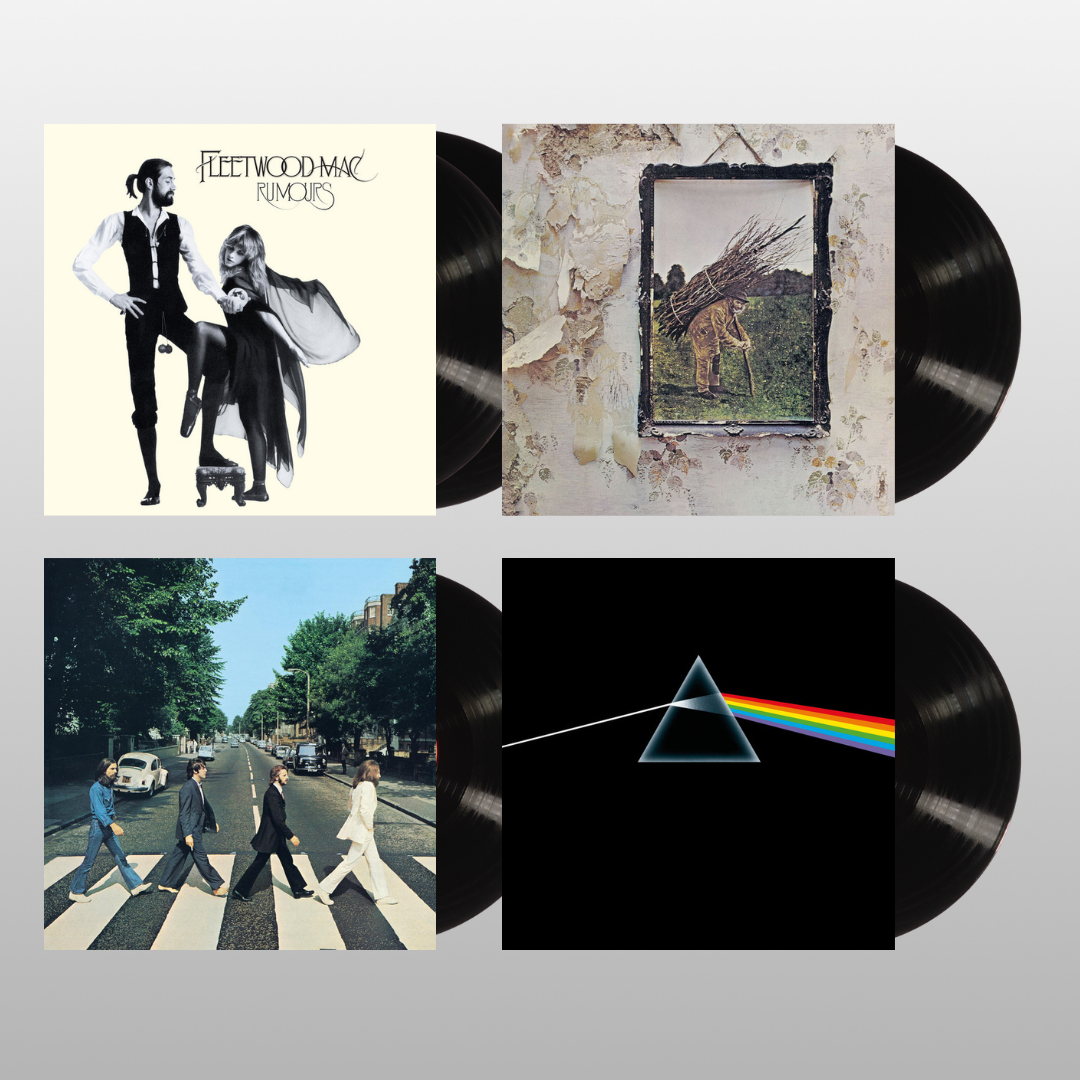
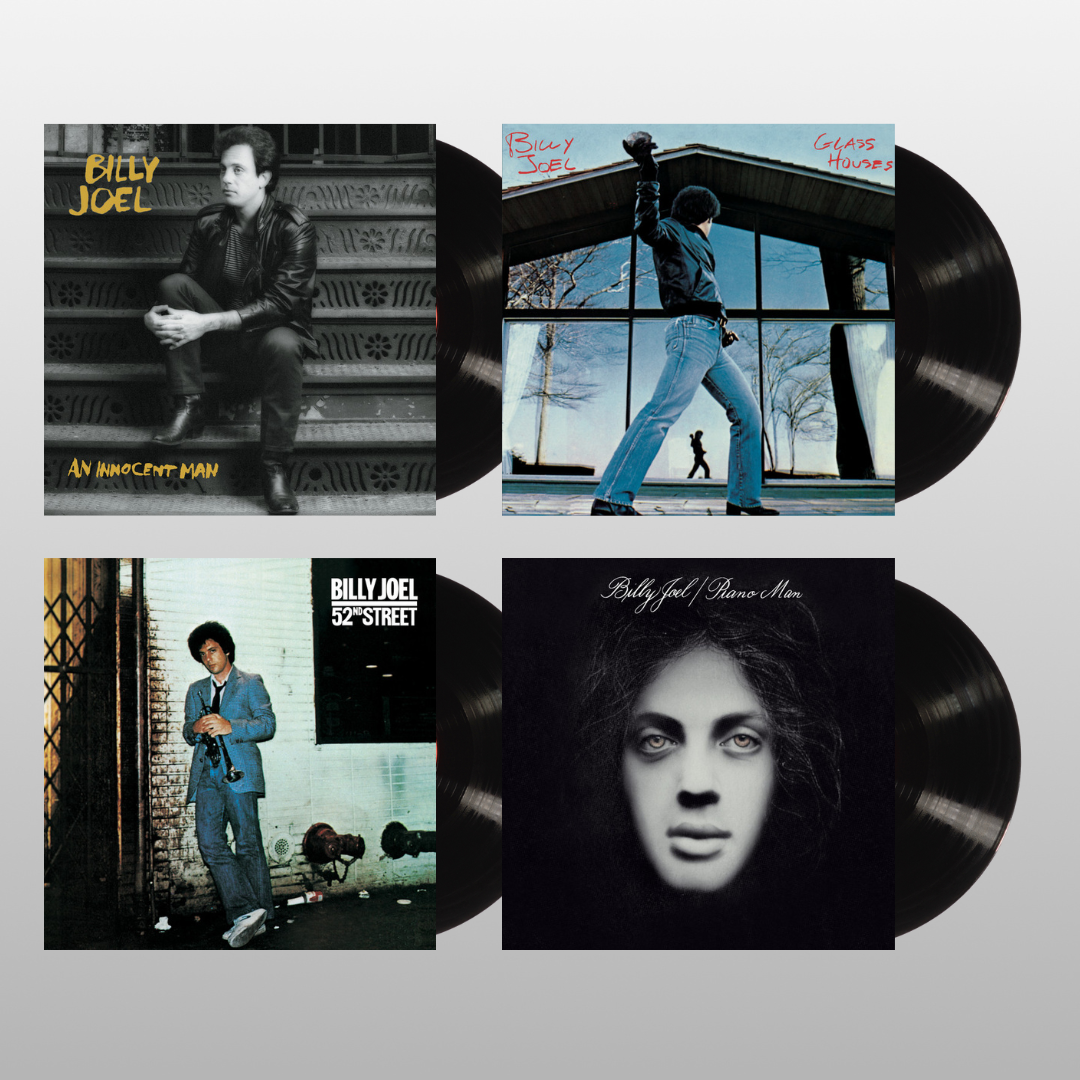
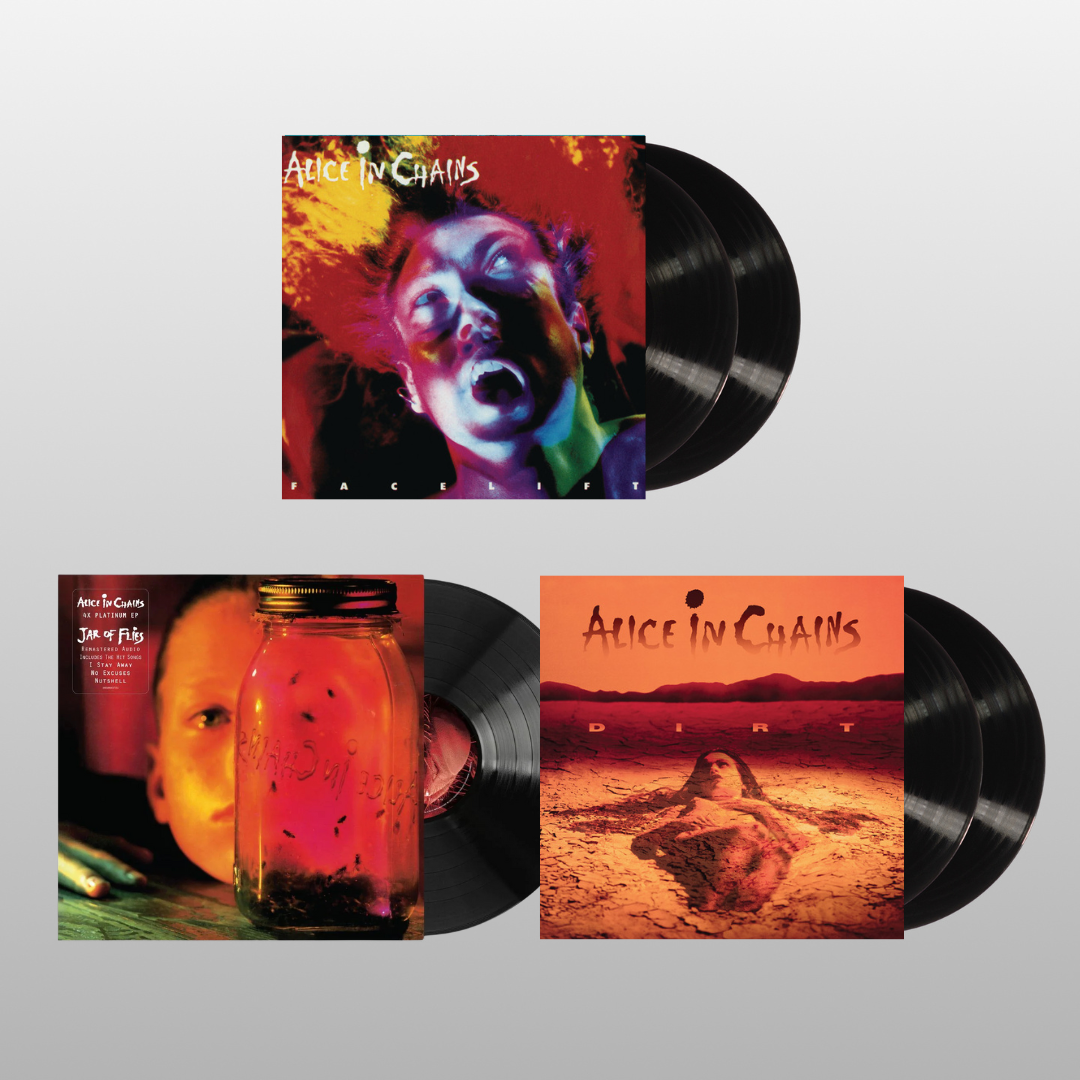
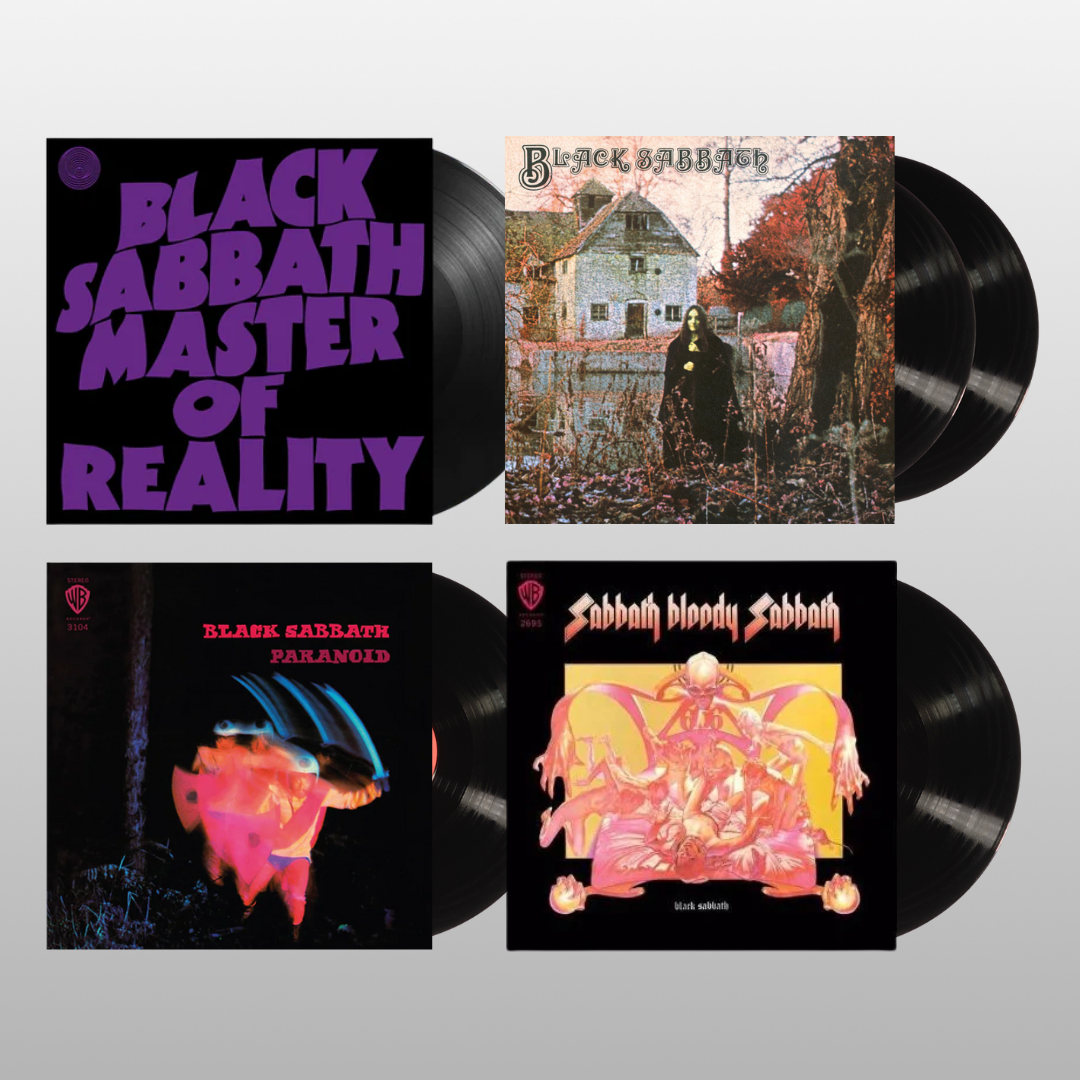
![The Grateful Dead - The Music Never Stopped [6LP Box Set]](http://vinyl.com/cdn/shop/files/The_Grateful_Dead-The_Music_Never_Stopped__6LP_Box_Set.jpg?v=1747729623&width=5760)
![Fleetwood Mac - Fleetwood Mac 1975 To 1987 [Clear 6LP Box Set]](http://vinyl.com/cdn/shop/files/2RHILP81833__61378.jpg?v=1743391443&width=5760)
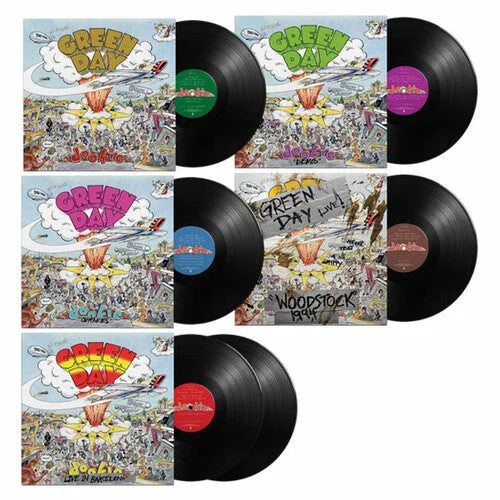
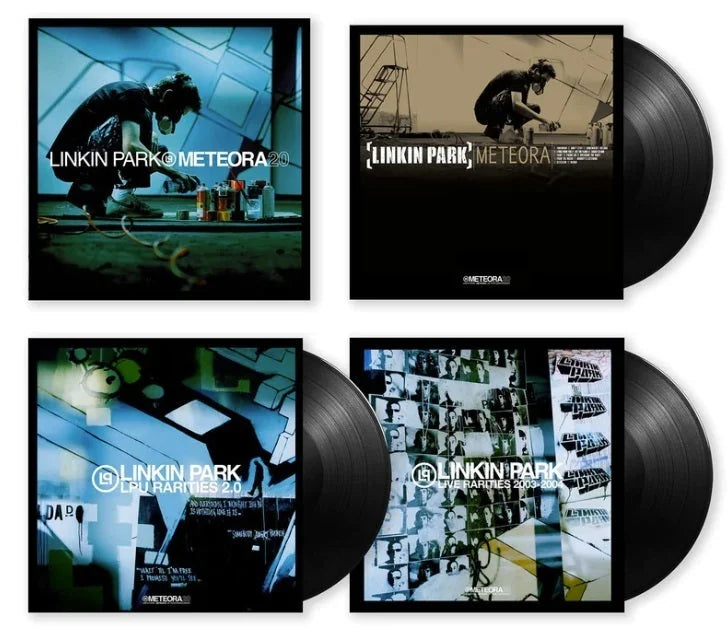

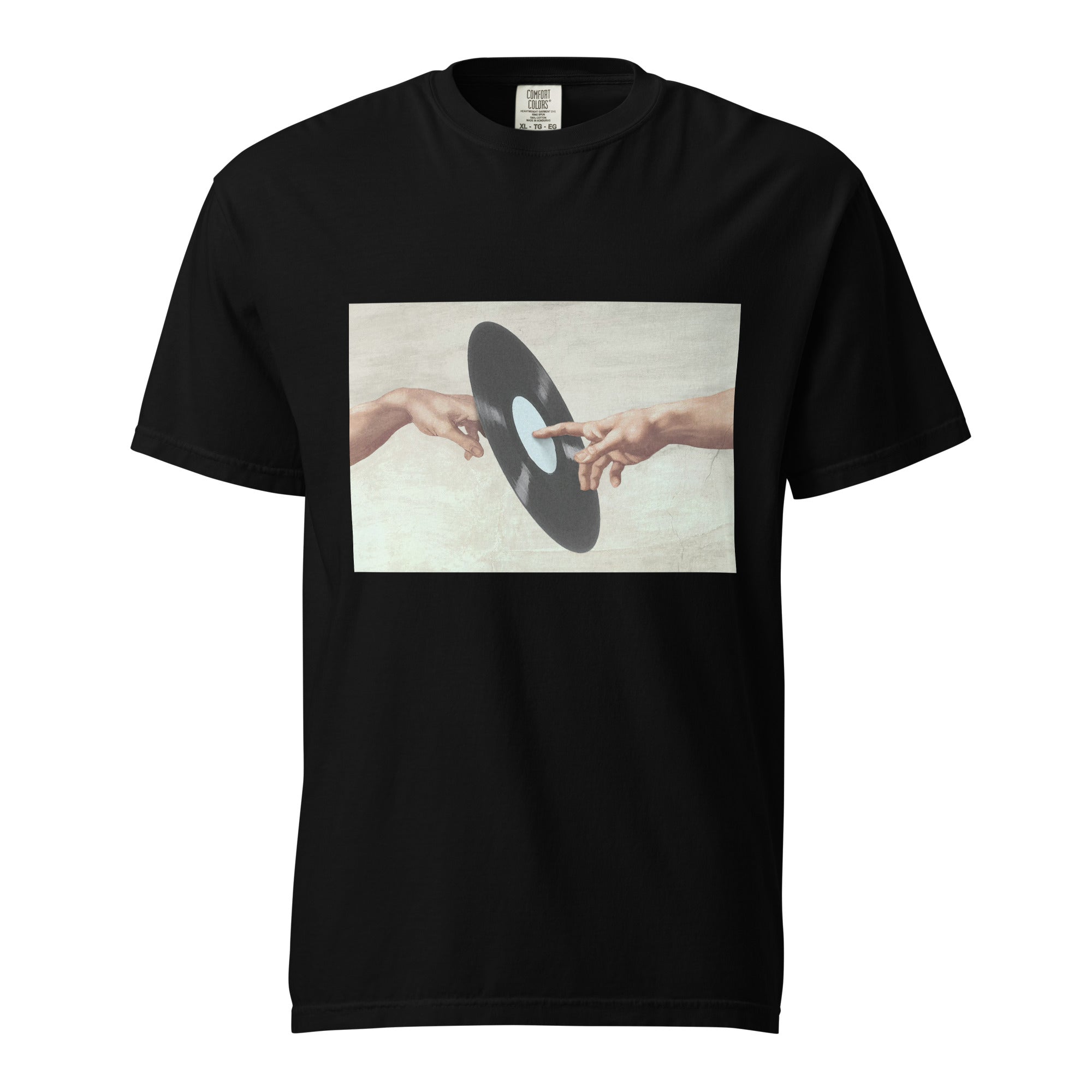
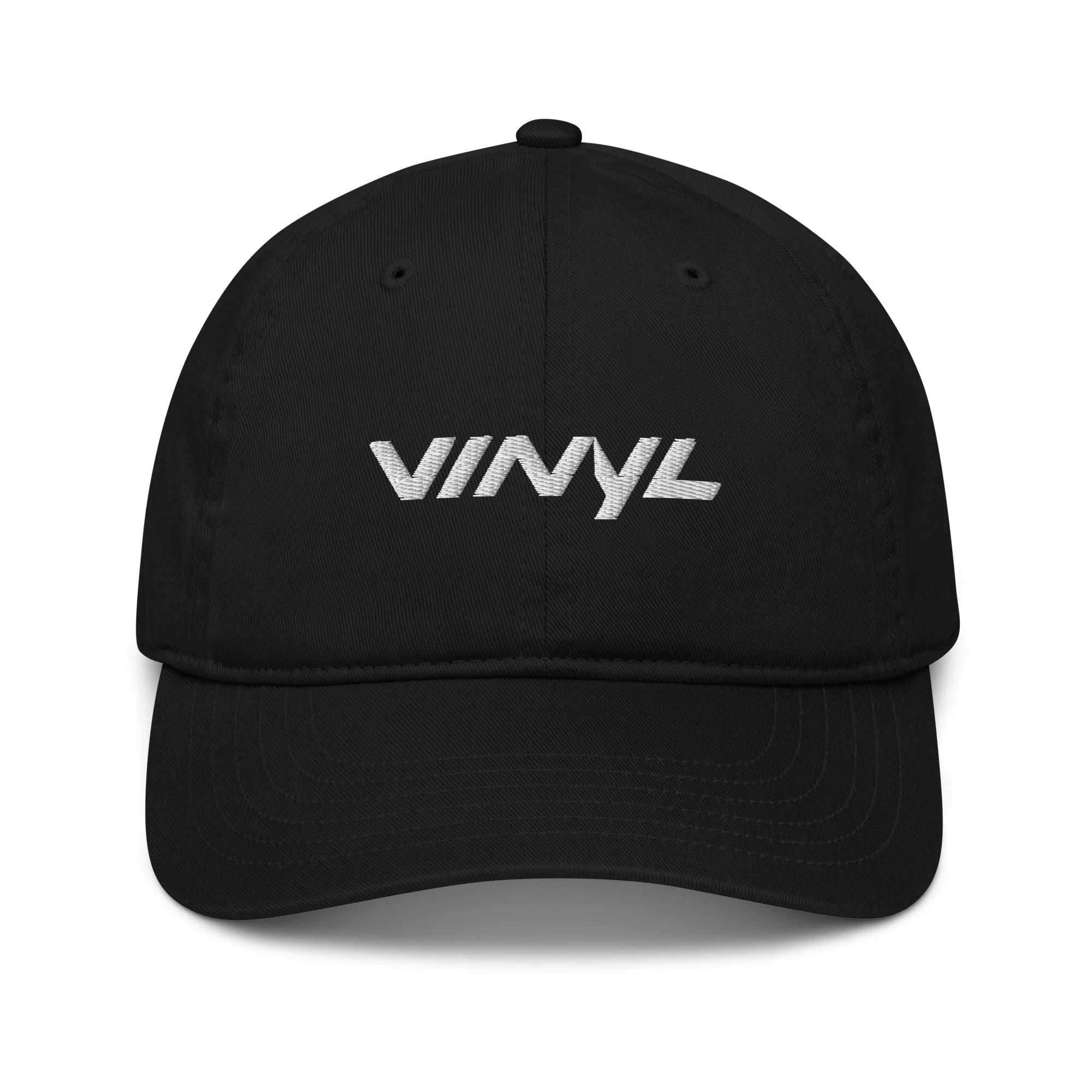

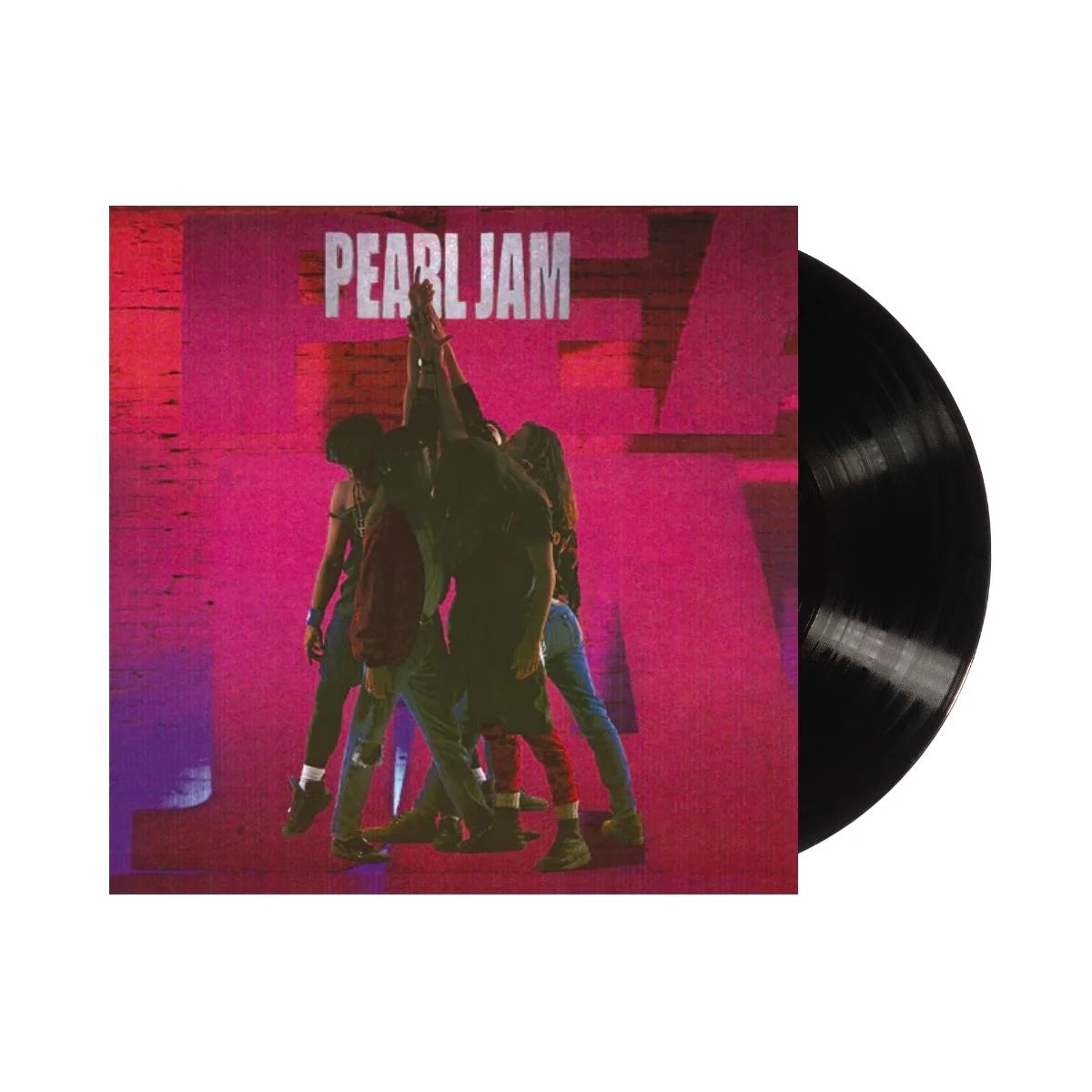

![Taylor Swift - 1989 (Taylor's Version) [2LP Crystal Skies Blue]](http://vinyl.com/cdn/shop/files/taylor_swift_1989_taylors_version.jpg?v=1734389117&width=5760)
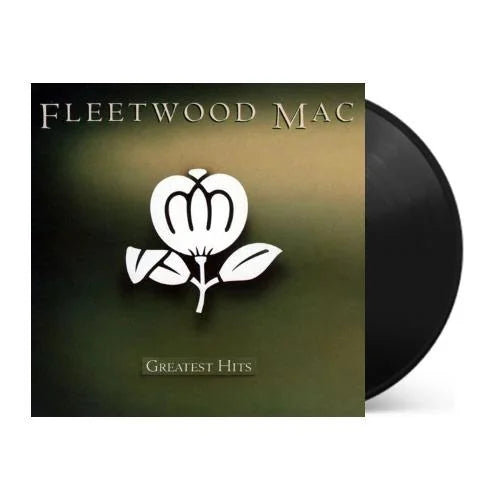
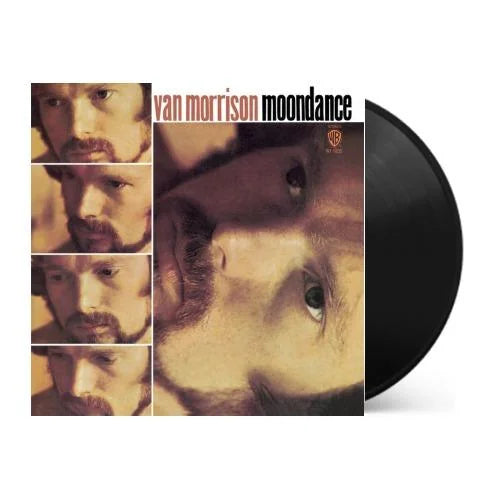
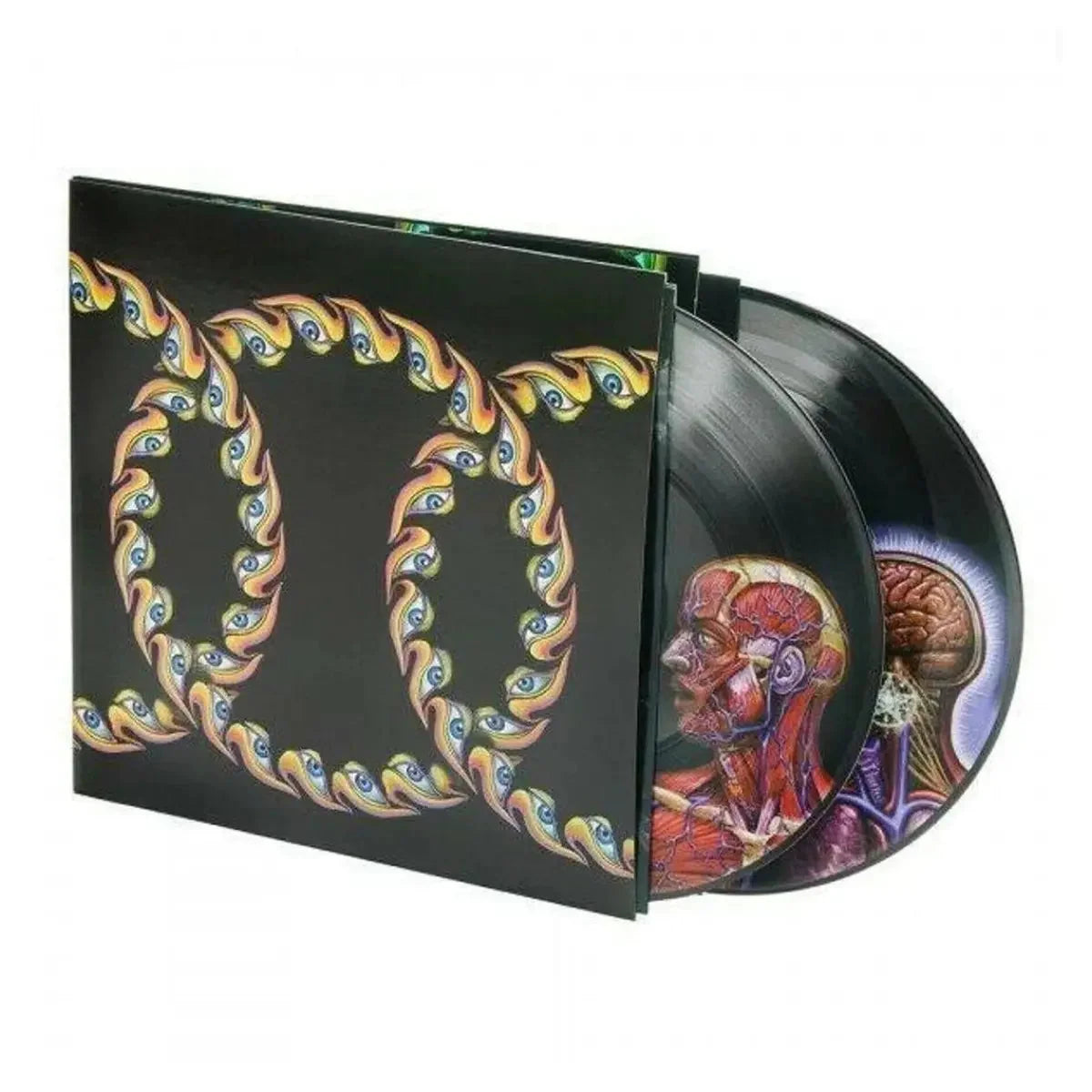

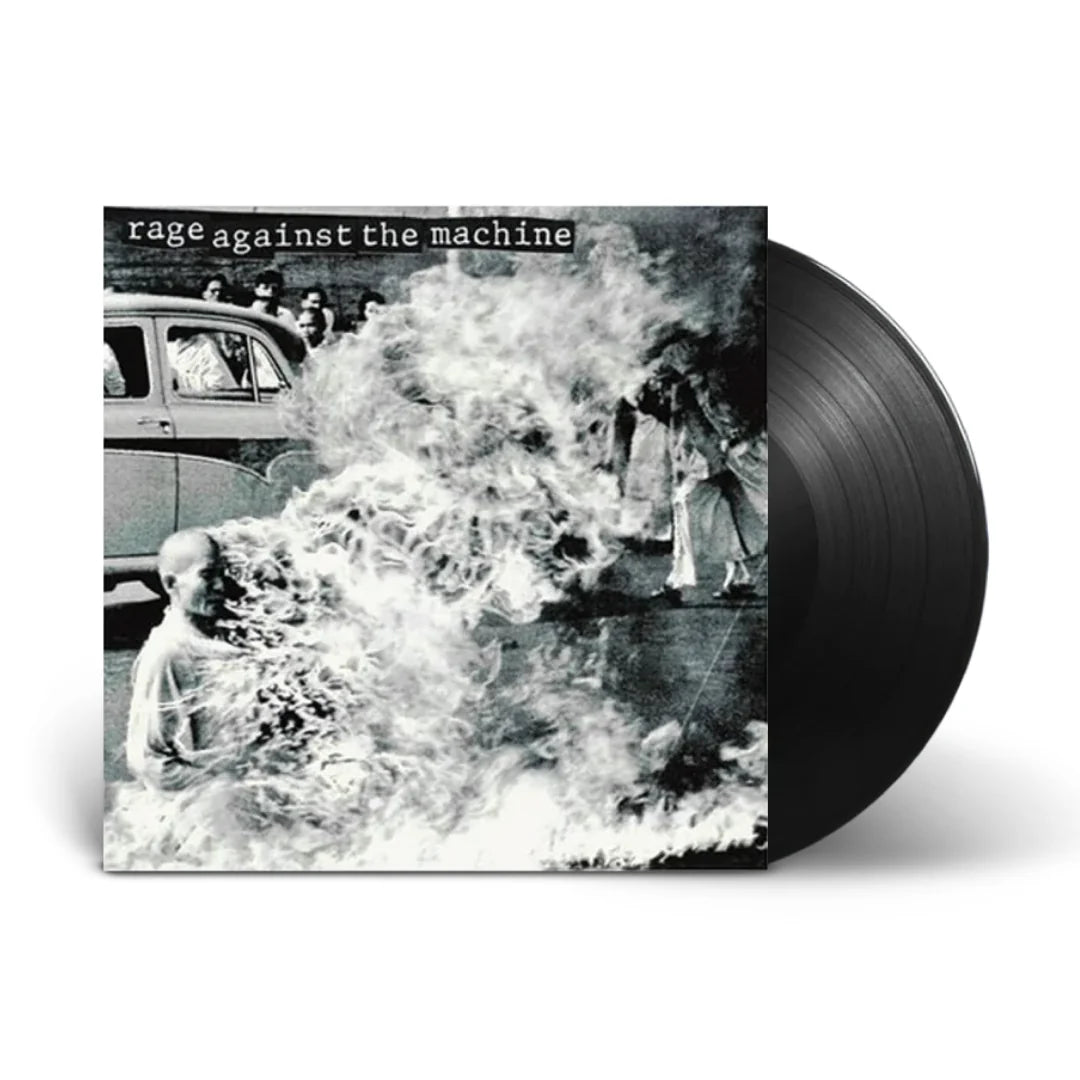
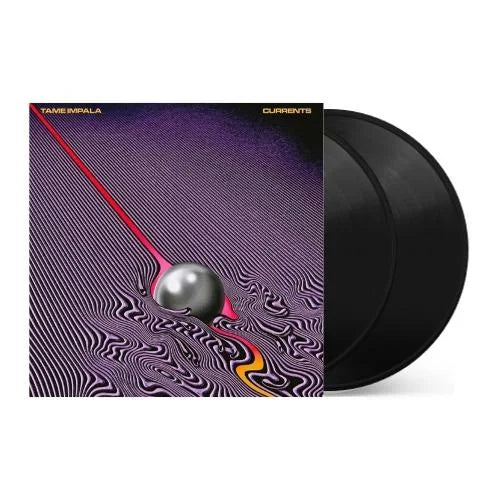
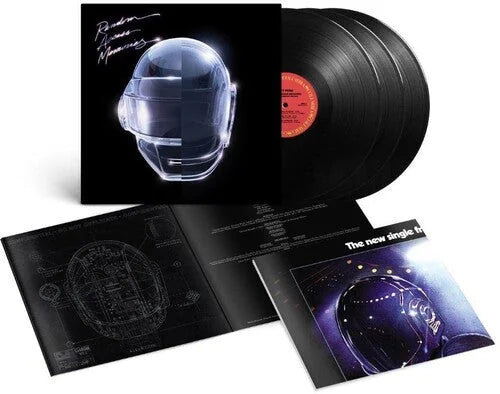


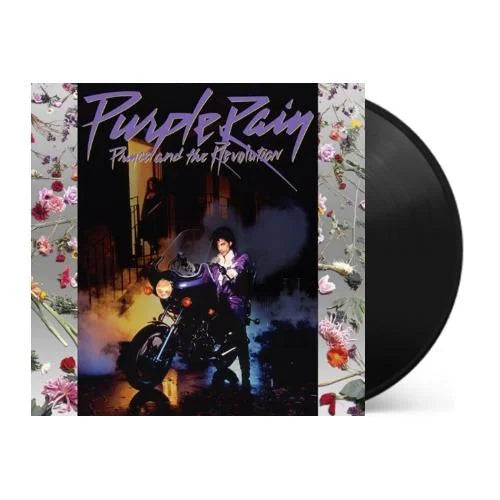


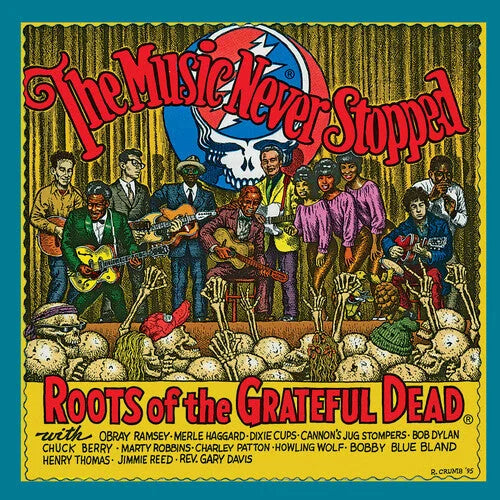
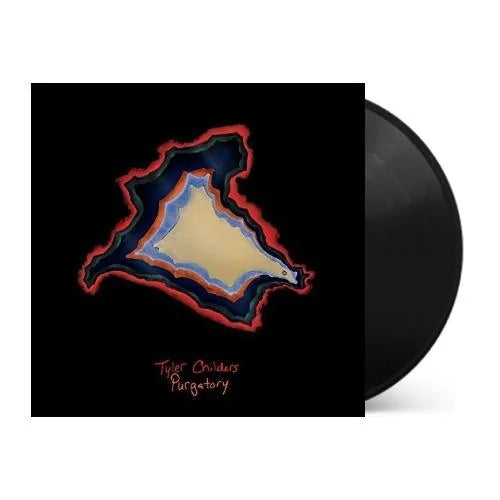
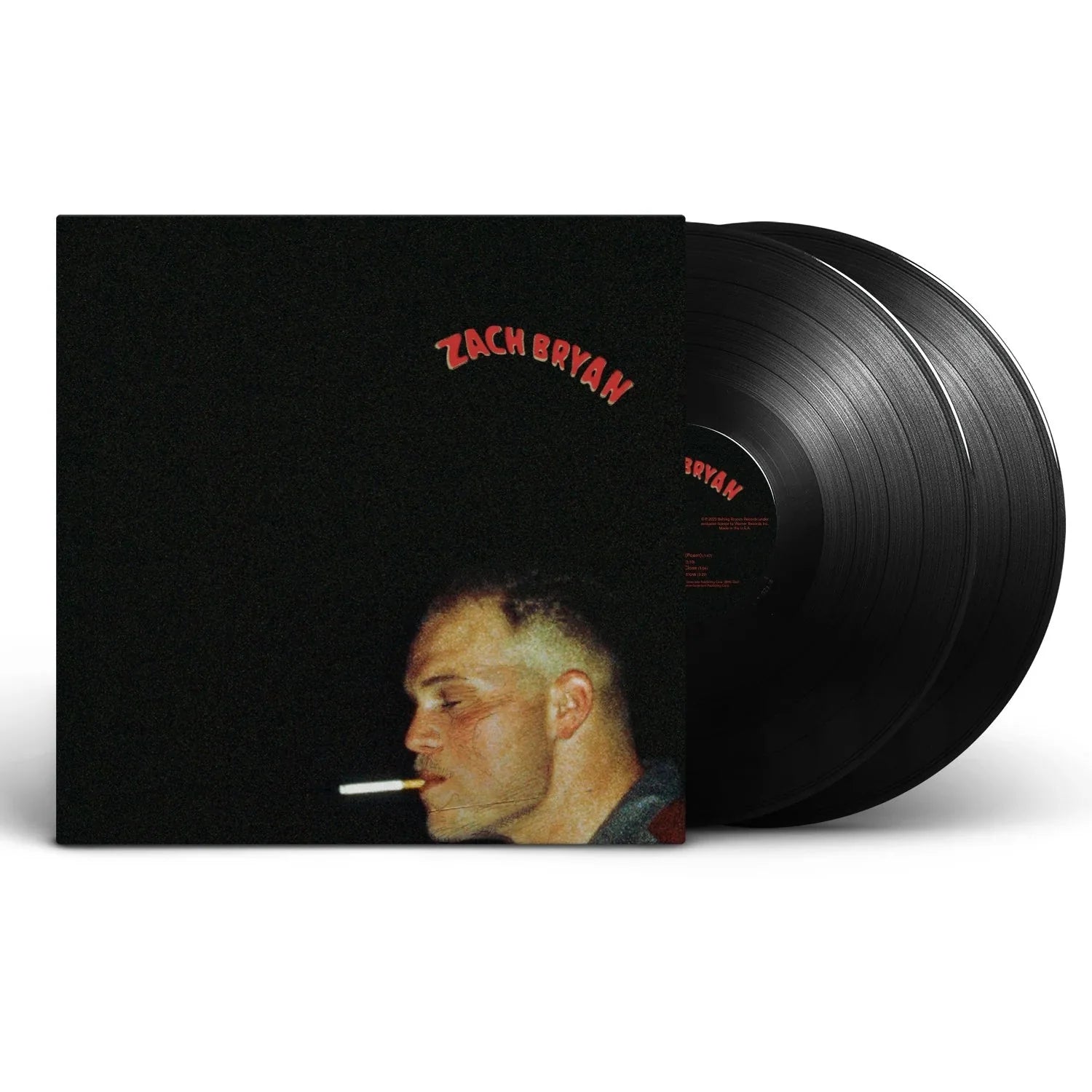
![Grace Jones - Nightclubbing [Gold]](http://vinyl.com/cdn/shop/files/4407705-3329230.jpg?v=1742429522&width=5760)

![Debbie Harry - KooKoo [2LP Clear]](http://vinyl.com/cdn/shop/files/4025259-2960387.jpg?v=1682465873&width=5760)
![Miles Davis - Kind of Blue [180-gram]](http://vinyl.com/cdn/shop/files/Y4LPMD03.webp?v=1742198237&width=5760)
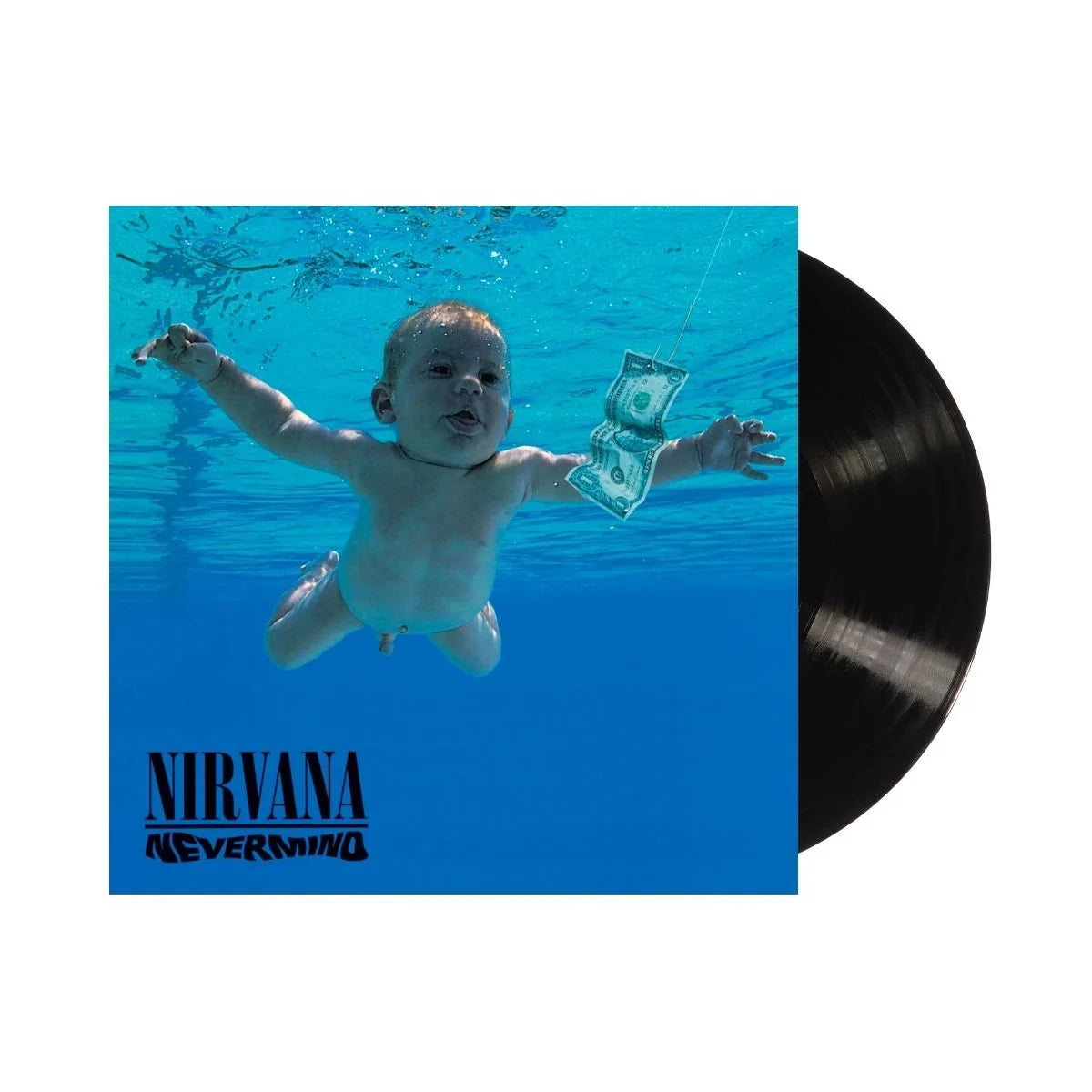
![Various Artists - Once Upon A Time: The Tarantino Sound [Red 180-Gram]](http://vinyl.com/cdn/shop/files/4376720-3283530.jpg?v=1733870948&width=5760)
